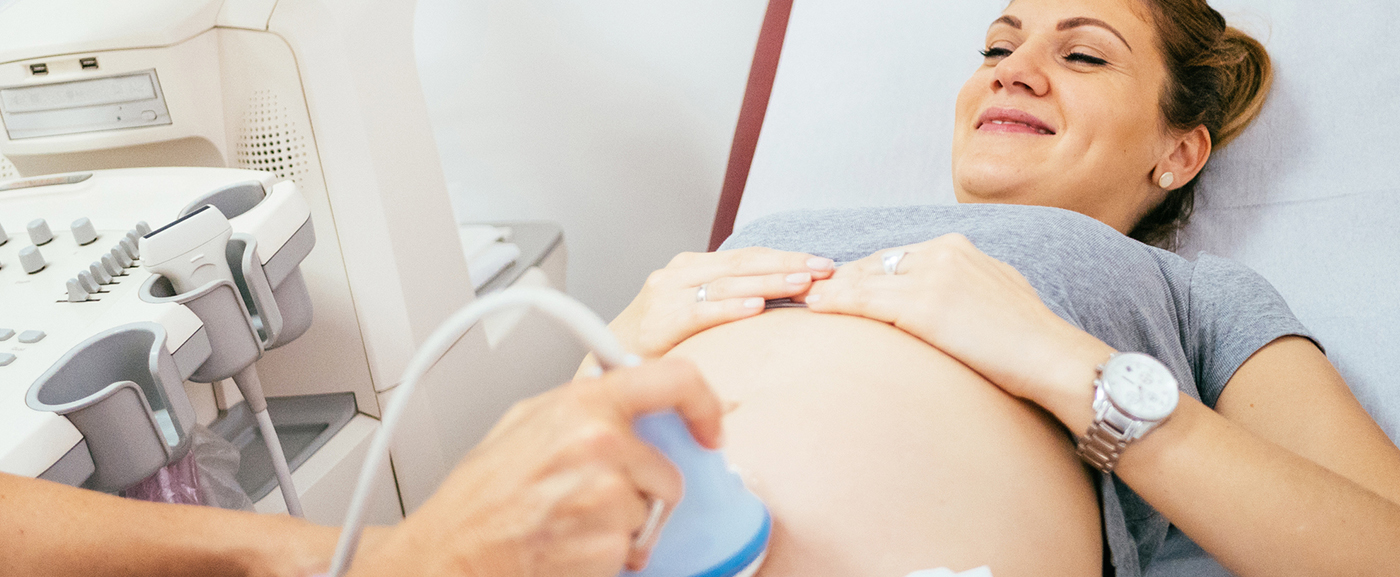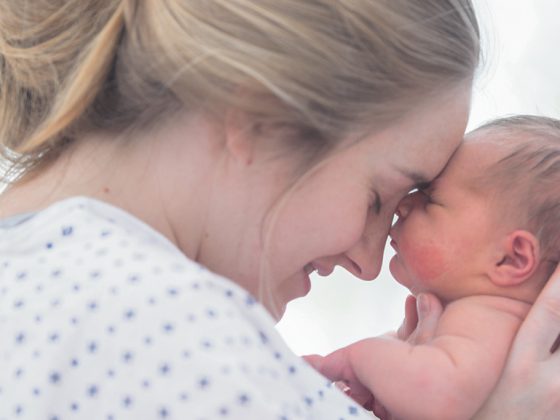The birth of a human being is undoubtedly one of the key moments in life. In order to be able to care for women in childbirth at a high level, i.e. on the basis of scientific recommendations and with the greatest possible degree of care, the Association of the Scientific Medical Societies in Germany (AWMF) has now published the first S3 guideline on this topic in the German-speaking world.
The birth of a human being is undoubtedly one of the key moments in life. In most cases, these are vaginal term births. By definition, this includes the period 37+0 weeks of gestation (SSW) to 41+6 SSW. As a rule, care is provided by a team of midwives and medical obstetricians. In addition, it may be necessary in individual cases for pediatricians and anesthesiologists to be consulted in order to make this special event safe together in the sense of good obstetric care.
In order to be able to care for women in childbirth at a high level, i.e. on the basis of scientific recommendations and with the greatest possible degree of care, the Association of the Scientific Medical Societies in Germany (AWMF) has now published the first S3 guideline on this topic in the German-speaking world. The recommendation for action was developed under the auspices of the German Society of Gynecology and Obstetrics (DGGG) and the German Society of Midwifery (DGHWi) with the participation of numerous other professional societies. The recommendations apply to parturients and their children born on term as singletons from the cranial position. “For the first time, a guideline at the highest level of development was initiated here by midwives and physicians and developed together with the federal parents’ initiative Mother Hood e. V.. An important step that will hopefully benefit many mothers and newborns.”
Prof.in Dr.in Rainhild Schäfers, DGHWi Guideline Coordinator
“The aim of this guideline is to summarize the current knowledge about vaginal birth at term,” DGHWi Chair Elke Mattern and DGGG President Prof. Dr. Anton J. Scharl jointly emphasize. The focus is on the description of the physiological birth phases with differentiation from problematic developments. Reasons for or against interventions in the natural birth process are also explained. In the authors’ view, the paper also offers the opportunity to further promote cooperation between the professional groups involved – for the benefit of mother and child. “The guideline is the result of available evidence and a long consensus process. The bottom line is that the condensed knowledge provides the involved professional groups in obstetrics with good orientation for their professional actions.”
Prof. Dr. Michael Abou-Dakn, DGGG Guideline Coordinator
In individual chapters, the authors devote particular attention to care during the various phases of childbirth, as well as to the monitoring, prevention, and treatment of birth injuries, pain management, and quality assurance. Against the backdrop of constant staff shortages, the authors emphasize that childbearing women should receive one-to-one care by a midwife from the active opening phase onward and should not be left alone by obstetric staff in the delivery room, especially in the active exit phase – that is, the peak of childbirth. Immediately after birth, another recommendation is that all nursing and diagnostic measures or medical interventions should be kept to a minimum. This time is particularly important for getting to know each other – known as bonding in technical jargon. This includes, above all, skin-to-skin contact. The umbilical cord should be clamped no sooner than one minute after birth, provided it is not injured and the newborn shows no evidence of abnormal stress. To encourage the onset of breastfeeding, mothers should put the newborn on as early as possible – ideally in the first hour of life.
Source: German Society for Gynecology and Obstetrics e.V.











